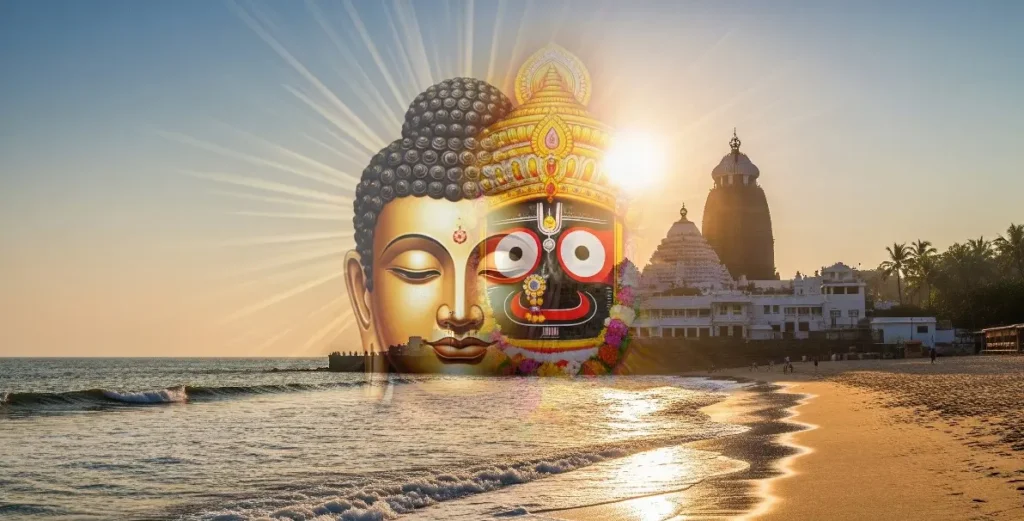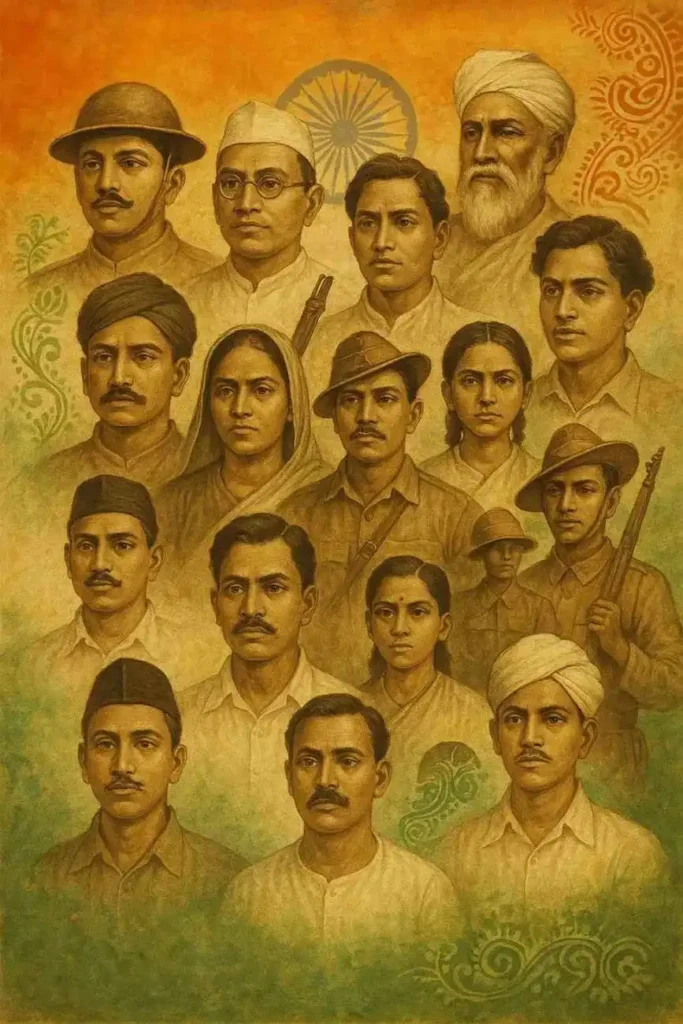
Table of Contents
What Was the Paika Rebellion?
To begin with, the Paika Rebellion of 1817 marked a major armed resistance against British colonial rule. It began in Khurda, Odisha, and quickly spread across nearby regions. As a result, it became one of the earliest organized revolts in Indian history. While the Revolt of 1857 is still widely regarded as India’s first war of independence, in recent years, many historians have come forward to recognize the Paika Rebellion as the true pioneer, since it erupted 40 years earlier. Therefore, it deserves a rightful place in the nation’s freedom narrative.
Historically, the Paikas served as a powerful warrior class under the Gajapati kings of Odisha — militia in times of war, and farmers during peace. However, when the British East India Company seized land, disrupted traditional livelihoods, and imposed oppressive taxes, the Paikas retaliated. Led courageously by Bakshi Jagabandhu, they united villagers, local chieftains, and peasants in defiance. Consequently, their uprising turned into a full-blown movement rooted in pride, resistance, and justice. Even today, their bravery inspires generations to remember Odisha’s crucial role in India’s freedom struggle.Historical Background of the Rebellion
Key Figures of the Paika Rebellion
Bakshi Jagabandhu
Jayee Rajaguru
Mukunda Dev II
The Timeline of Rebellion
1st April 1817
April–May 1817
1818–1825
1829
How to Visit Rebellion-Related Heritage Sites
Khordha Fort – The Nerve Center
How to reach:
- Nearest Railway Station: Bhubaneswar (25 km)
- Cab/Auto services available via NH-16
Barunei Temple and Barunei Hills – Sacred and Strategic
To begin with, this scenic hill houses the Barunei Temple, a local pilgrimage site and a former hiding place for rebels. As a result, the British had to deploy full battalions to capture this area.
Best time to visit: Meanwhile, plan your visit between October and February.
Trekking Trails: Additionally, trails are available for history enthusiasts and hikers.Jayee Rajaguru Memorial – Tribute to a Martyr
Travel Tip: Combine with your visit to Jagannath Temple in Puri.


